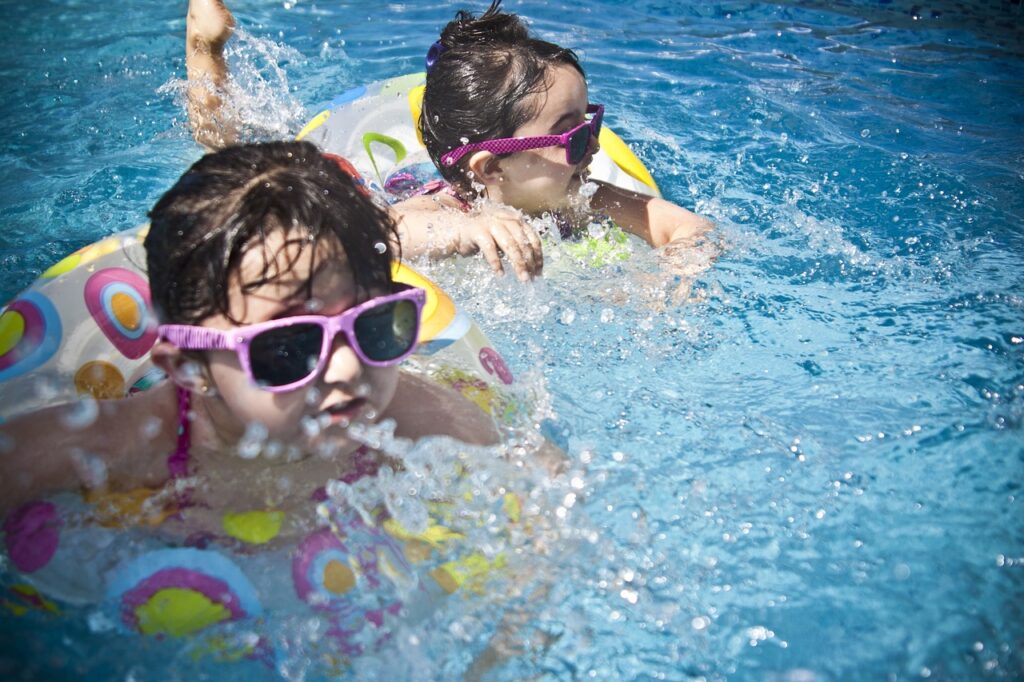
Swimming classes for kids teach essential skills that improve water safety, build confidence, and promote physical fitness. Many parents seek programs that balance fun with effective instruction to ensure their children are comfortable and capable in the water.
The main benefit of swimming classes is that they equip children with the ability to move safely and confidently in aquatic environments, potentially preventing accidents. These classes often cater to different age groups and skill levels, providing a structured path from basic water familiarization to advanced techniques.
Choosing the right class involves considering factors like instructor experience, class size, and the learning environment. Quality lessons not only support skill development but also encourage a lifelong appreciation for swimming.
Choosing the Right Swimming Classes for Kids
Selecting the right swimming class involves matching the child’s needs with teaching quality and program structure. Key considerations include the child’s experience, instructor qualifications, and how the classes fit into the family’s schedule.
Assessing Skill Levels and Age Groups
Classes should be grouped by skill and age to ensure safety and effective learning. Beginners, typically ages 6 months to 3 years, focus on water familiarization and comfort.
Preschoolers (3-5 years) learn basic water skills like floating and simple strokes. Older kids (6+) build on technique, endurance, and stroke refinement.
Parents should verify the program offers clear skill progression and assessments so children are placed appropriately.
Certified Instructors and Safety Standards
Instructors must hold certifications from recognized bodies like the American Red Cross or YMCA. Certification ensures proper teaching methods and emergency training.
Check if lifeguards are present during lessons. Facilities should maintain a safe, clean environment with clear safety protocols.
Instructors’ experience working with children is vital—look for those trained in child development and aquatic safety.
Class Structure and Scheduling
Classes usually last 30 to 60 minutes, balancing skill development with young kids’ attention spans. Group sizes should be small, often fewer than 6 children per instructor, for better supervision.
Flexible scheduling helps families maintain consistency. Morning, afternoon, or weekend options increase accessibility.
Parents should assess drop-off policies, lesson frequency (1-3 times weekly), and make-up class availability.
Benefits and Progression in Kids’ Swimming Lessons
Swimming lessons for children enhance comfort in water, refine stroke skills, and support physical and social development. These lessons provide structured growth in confidence, technique, and interaction within a safe environment.
Building Water Confidence
Children often begin swimming classes with fear or uncertainty around water. Lessons focus on gradual exposure, such as blowing bubbles, floating, and basic breath control, to build comfort.
Instructors use repetition and positive reinforcement to reduce anxiety. Gaining trust in the water lays the foundation for safety and skill learning.
Confidence allows children to try new movements and participate more actively. This mental readiness directly impacts their ability to progress quickly and safely through advanced skills.
Developing Swimming Techniques
Swimming classes teach correct body position, breathing, and strokes like freestyle and backstroke. Technique lessons often start with drills targeting each element separately.
Teachers emphasize controlled arm and leg movements, timing, and breathing coordination. Video feedback or demonstrations may be used to help children visualize improvements.
Progression is marked by mastering basic strokes, increasing endurance, and refining speed. Proper technique reduces fatigue and injury risk, supporting long-term swimming ability.
Social and Physical Growth
Group lessons enable interaction with peers, helping children develop communication and teamwork skills. Following instructions and waiting turns build patience and discipline.
Physically, swimming improves cardiovascular fitness, muscle strength, and coordination. The low-impact nature suits children with various physical abilities or limitations.
Swimming lessons encourage goal-setting through skill benchmarks, fostering motivation. These social and physical benefits contribute to overall healthy childhood development.

Leave a Reply